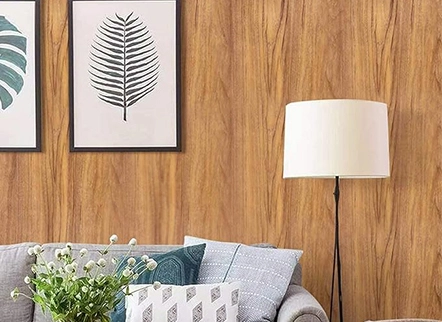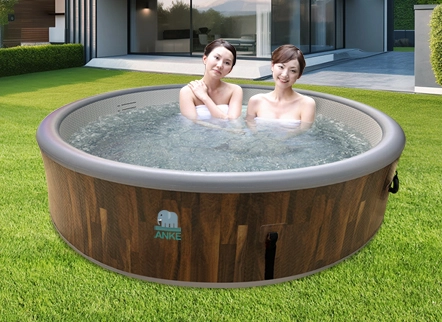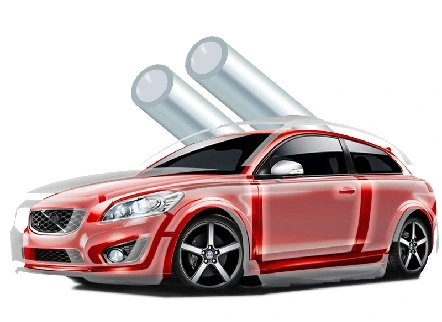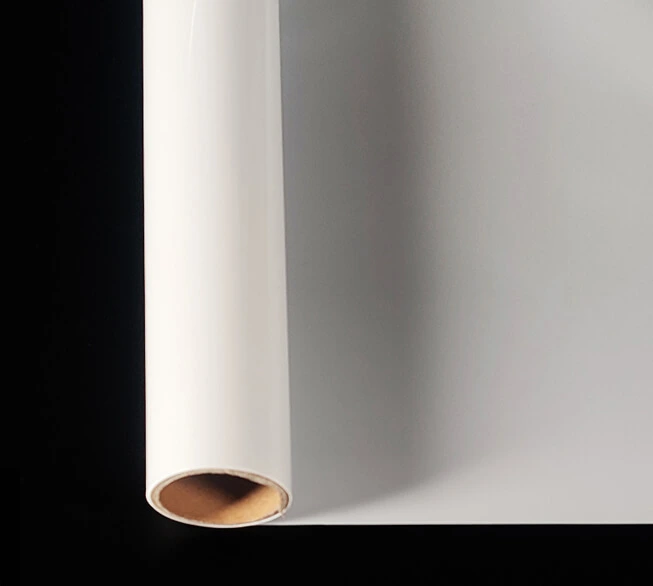Why do some PVC decorative films fade easily over time?
Nov 18, 2024
PVC decorative films can be a fantastic addition to any home, allowing you to create a unique space that feels peaceful and inviting. These films enable you to achieve the aesthetic you desire for various parts of your house, impressing family members, friends, and visitors alike. However, while PVC decorative films are excellent in many respects, some of them tend to fade over time. The vibrant and eye-catching color you once had may slowly diminish, leaving the surface looking less appealing. Why does this happen? Let’s explore the reasons behind this phenomenon.
Why Do People Choose PVC Decorative Films?
Many people seek alternative ways to decorate their homes, often overlooking the potential of PVC decorative films. Those who are aware of the beauty and versatility of these films don’t hesitate to incorporate them wherever possible. Made of plastic, PVC decorative films are affordable and can cover furniture, doors, and other surfaces. They are particularly popular for covering potential damage or simply enhancing the appearance of surfaces.
PVC decorative films come in a variety of colors and patterns. You can choose a solid color roll that you like or opt for a wood grain PVC film to give a more natural look. Whatever you choose, it will look great if applied correctly and matches the overall design of your home. Unfortunately, some decorative films do not retain their color forever, and you may start to notice fading over time.
Why Would a PVC Decorative Film Start Fading?
Over time, PVC-colored products tend to fade due to several factors, including resistance to heat, oxygen, alkali, acid, and light. Using the right formula and proper printing materials during production is crucial to prevent fading. Here are the most common reasons why your PVC decorative film might start fading:
Anti-Oxidation: One common reason for PVC decorative film fading is oxidation. After oxidation, various organic pigments undergo macromolecule degradation and other changes, causing the film to fade. When the film comes into contact with strong oxidants after high-temperature oxidation, fading is inevitable. For instance, the red color may fade due to the mixing of chrome yellow and azo pigments.
Resistance to Heat: Heat-resistant pigments with thermal stability affect how much the processing temperature will cause pigment fading, color changes, and thermal weight loss. If the wrong colorants with insufficient heat resistance are chosen, the film will fade. Inorganic pigments generally have better heat resistance and thermal stability due to their salt and metal oxides composition. In contrast, organic compound pigments may suffer molecular structure changes and decomposition at certain temperatures.
Alkali and Acid Resistance: The colorant’s chemical composition can also contribute to fading. For example, molybdenum-chromium is sensitive to alkali but resistant to dilute acid, while cadmium yellow is sensitive to acid. The heat resistance of the coloring agent is significantly affected by these factors, impacting the film’s fading and weather resistance.
Colorant Lightfastness: Despite having some light resistance, the coloring agent can still be affected by light, causing fading. The level of light resistance determines how quickly and significantly the film will fade when exposed to light. For outdoor applications, higher light resistance is essential to prevent rapid fading. Indoor products can have a light resistance level of 4-5, but outdoor products should ideally have a level of 7-8.
Final Thoughts
Nobody wants to see their decorative film color fading over time, especially after investing in multiple rolls to cover large surfaces. Manufacturers should pay attention to the pigments and other elements used during production to prevent fading. If you plan to apply the film outdoors, consider choosing a product with high light resistance.














